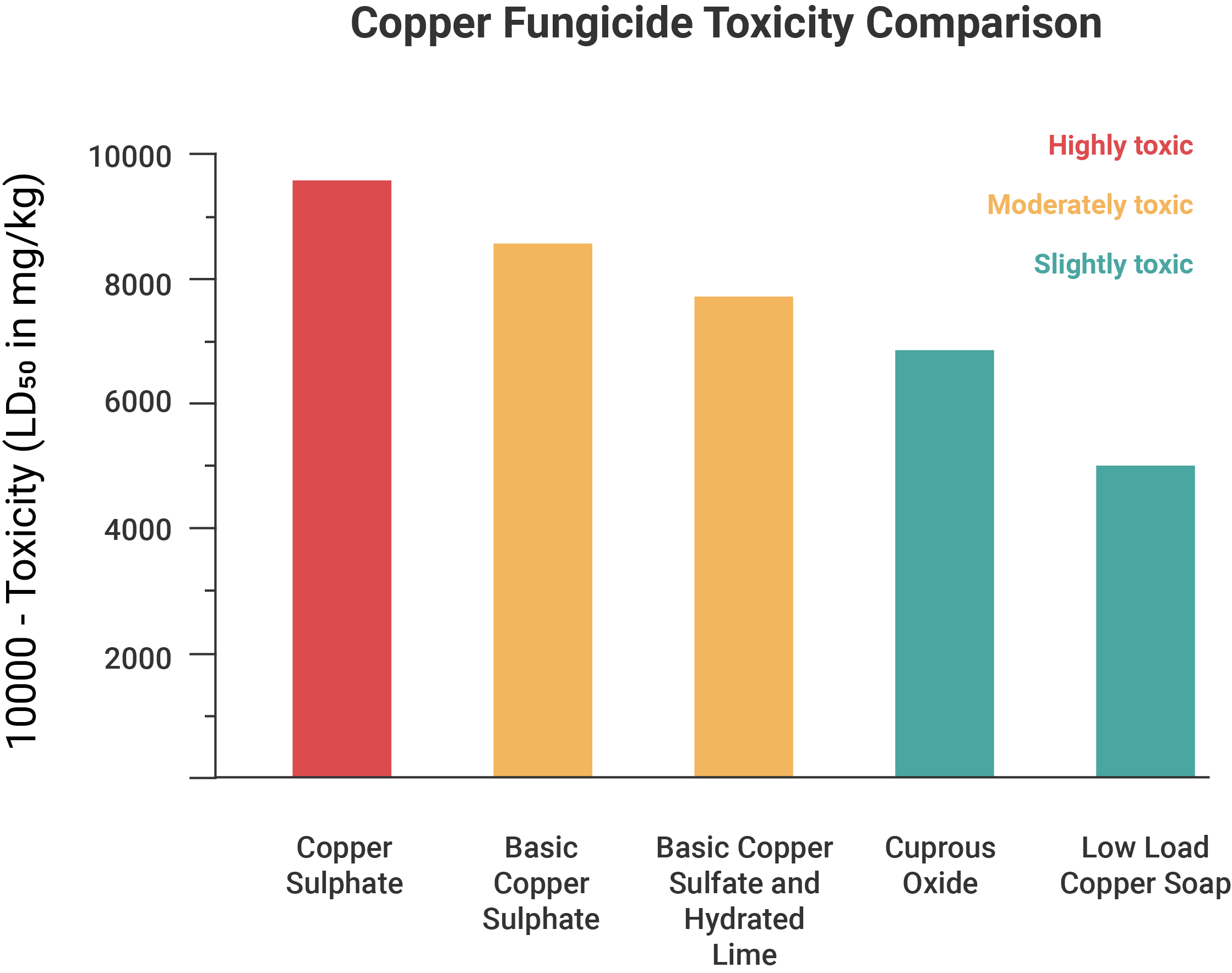Photo by Tom Krebs
Editor's note: This is the fourth in a series of six articles we will be sharing from the Genetic Literacy Project about pesticides and food.
By Kayleen Schreiber and Marc Brazeau
Many consumers choose to buy higher-priced organic produce because they believe organic foods are not grown using pesticides and therefore are healthier for humans and for the environment. However, organic farming can include any pesticides derived from natural sources. This distinction does not mean organic pesticides are necessarily less toxic than synthetic pesticides. The reality is more complicated.
4: How do organic pesticides compare to synthetic pesticides?
There is a large variation in pesticide toxicity and environmental impact, within and between organic and synthetic pesticides. For example, even within copper fungicides, which are permitted in organic farming and used by conventional farmers as well, there is a large variation in toxicity.

The graph above shows the median lethal dose (LD50), one way to measure acute toxicity of chemicals. This value is the dose required to kill half the members of a tested animal population after a specified test duration. This means that a high LD50 represents a low-toxicity substance – the higher the number, the lower the toxicity. For the purpose of this graph, I subtracted the LD50 from 1000 so that a high value would represent a high-toxicity substance.
There are some organic pesticides that are very safe and have a low impact on the environment. There are also some synthetic pesticides that are safe and environmentally-friendly.
Read more at the Genetic Literacy Project.
This article excerpt is part 4 of a 6 part series – Pesticides and Food: It’s Not a Black or White Issue – that ran originally on the Genetic Literary Project and is reposted here with permission of the GLP and the authors.
